
How to Care for a Pig. Whether you own a gentle, good-natured Vietnamese pot-bellied pig or an 800-pound farm hog, care for these animals can be very different than that for cats, dogs and other domestic pets. From building a sanitary pig sty to basic grooming tips, you will need to provide a safe and (surprisingly) clean environment to properly care for a pig.
Care for your pig by designing and building the proper enclosure. Determine if you are going to build a house for your pig so it can escape the rain and cold weather. Remember, a pig has very little hair, and it is sensitive to heat and cold in the same way a naked human would be.
Design the enclosure so that the pig can keep clean. Pigs are not as filthy as most people imagine, and they need separate areas for sleeping, relieving themselves, eating and playing. While pigs do like to roll around in mud, it's usually to keep cool on a hot day.
Cover the ground inside the enclosure with plenty of straw, leaving just enough dirt uncovered for a little mud. Straw can help to absorb the odors of urine and feces and provide warmth for pigs as they sleep.
Build your enclosure from sturdy materials. Pigs can dig under fences and push over flimsy walls in just a few minutes if properly motivated.
Care for a pig by feeding it a combination of grains and protein. Pigs love corn, barley, wheat and sorghum, which can satisfy about 75 percent of their diet. The remaining 25 percent should be devoted to protein-rich foods, such as dairy products like cottage cheese, whey, yogurt, milk powder or even ice cream.
Provide plenty of fresh water for your pig, ensuring that you replace water buckets daily to prevent parasites or insects from gathering and propagating.
Scratch your pig on its back or belly. Pigs loved to be scratched and often scratch themselves against anything that doesn't move. Excessive scratching, however, may indicate a skin disease or insect bites.
Care for your pig by giving it play toys, such as buckets, balls and chew toys. Pigs are very playful animals, but they get bored quickly, so rotate the toys on a regular basis.
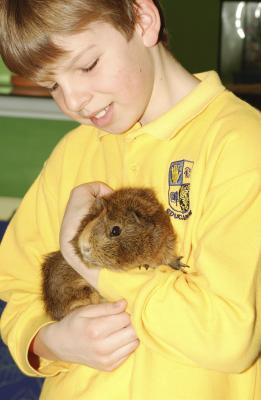 How to Get Your Baby Guinea Pig Used to You
How to Get Your Baby Guinea Pig Used to You
How to Get Your Baby Guinea Pig Used to You
How to Get Your Baby Guinea Pig Used to You
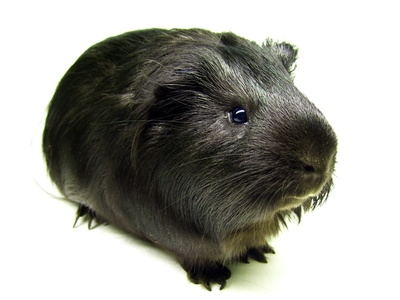 Stages of Guinea Pig Pregnancy
Stages of Guinea Pig Pregnancy
Stages
Stages of Guinea Pig Pregnancy
Stages of Guinea Pig Pregnancy
Stages
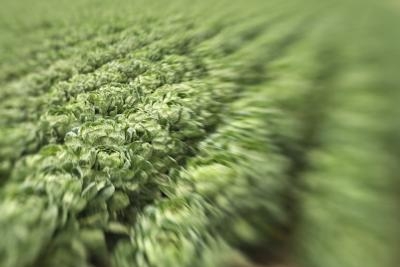 How to Keep Potbellied Pigs Small
How to Keep Potbellied Pigs Small
How
How to Keep Potbellied Pigs Small
How to Keep Potbellied Pigs Small
How
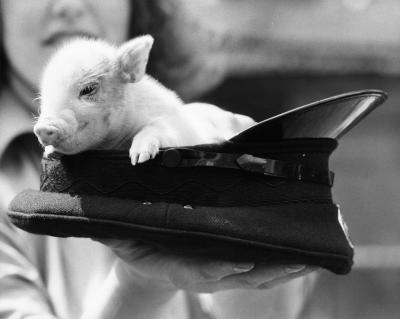 How to Play With a Mini Pig
How to Play With a Mini Pig
How to Pla
How to Play With a Mini Pig
How to Play With a Mini Pig
How to Pla
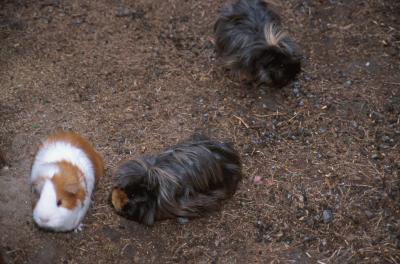 How to look after your Guinea Pig
How to look after your Guinea Pig
How
How to look after your Guinea Pig
How to look after your Guinea Pig
How
Copyright © 2005-2016 Pet Information All Rights Reserved
Contact us: www162date@outlook.com